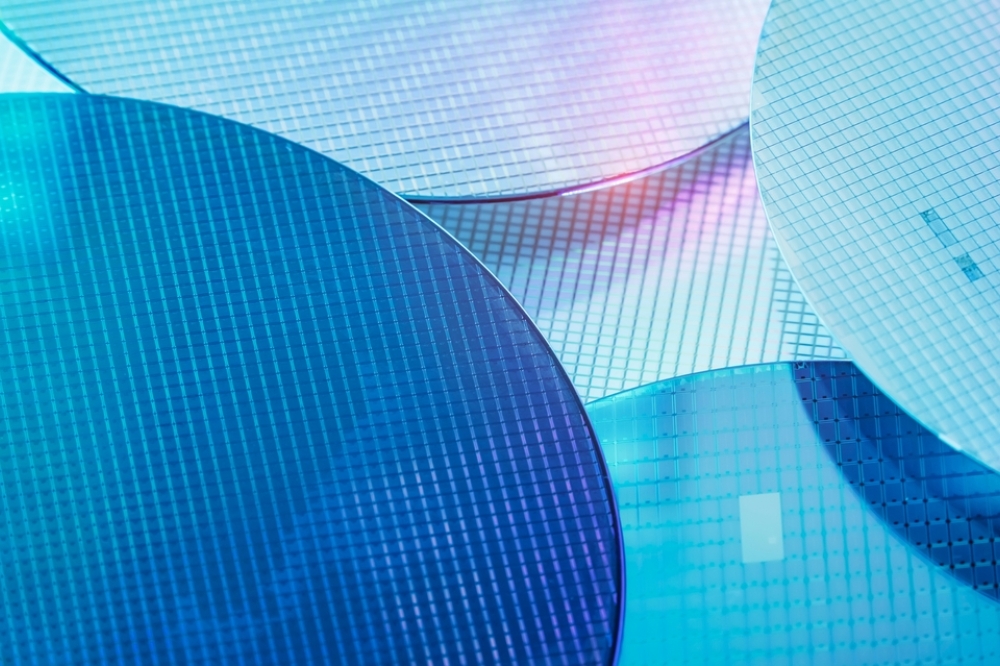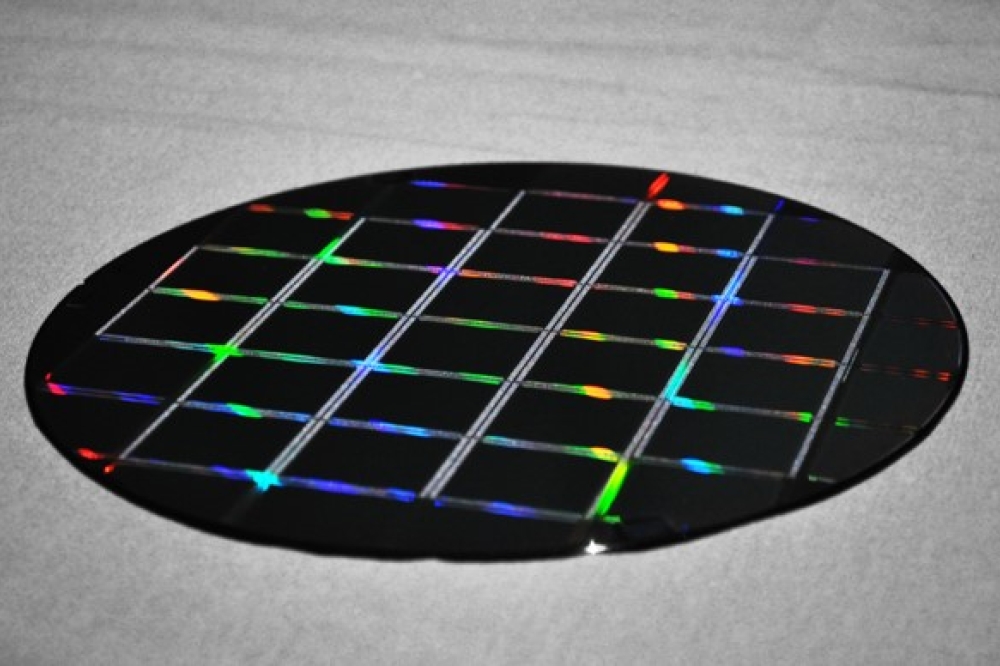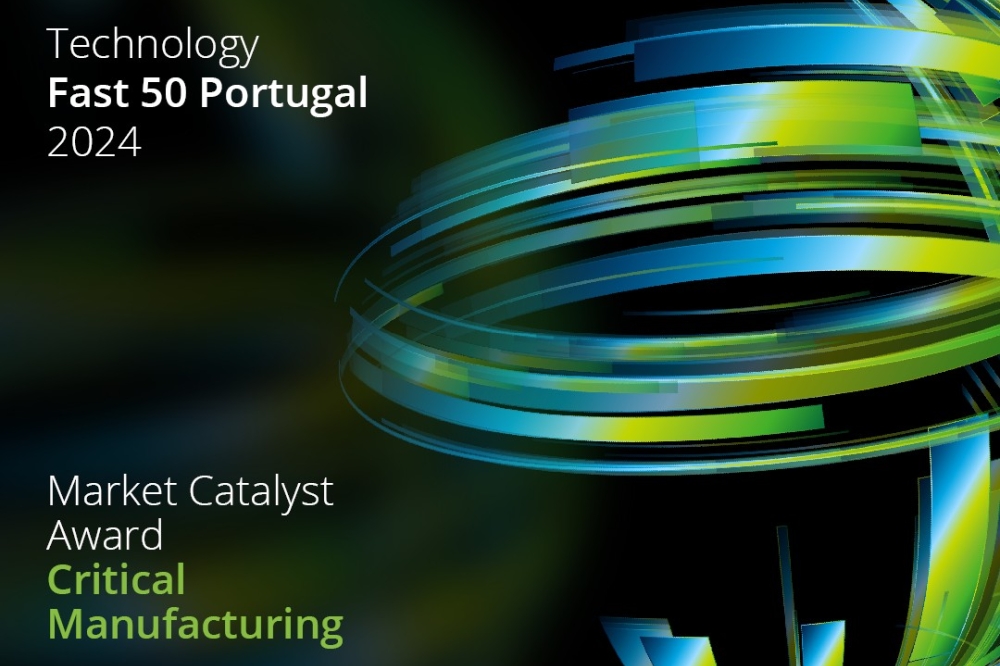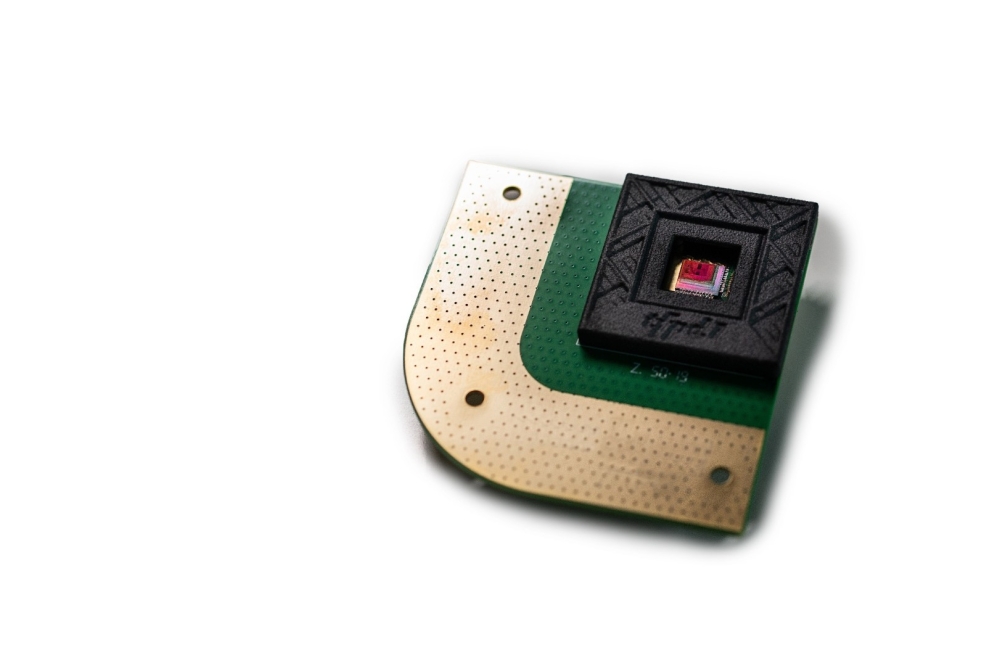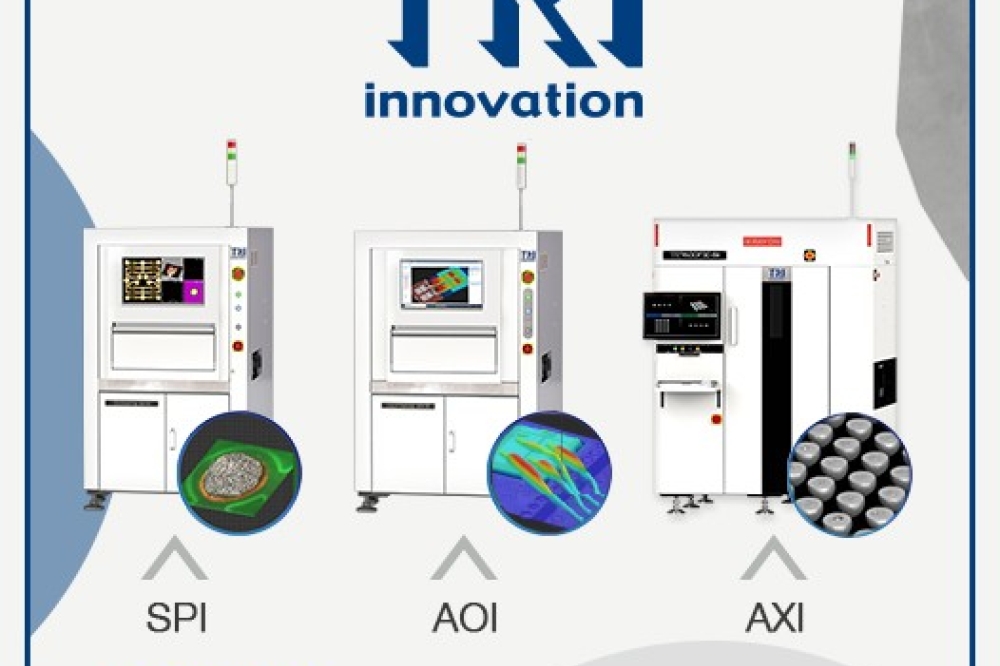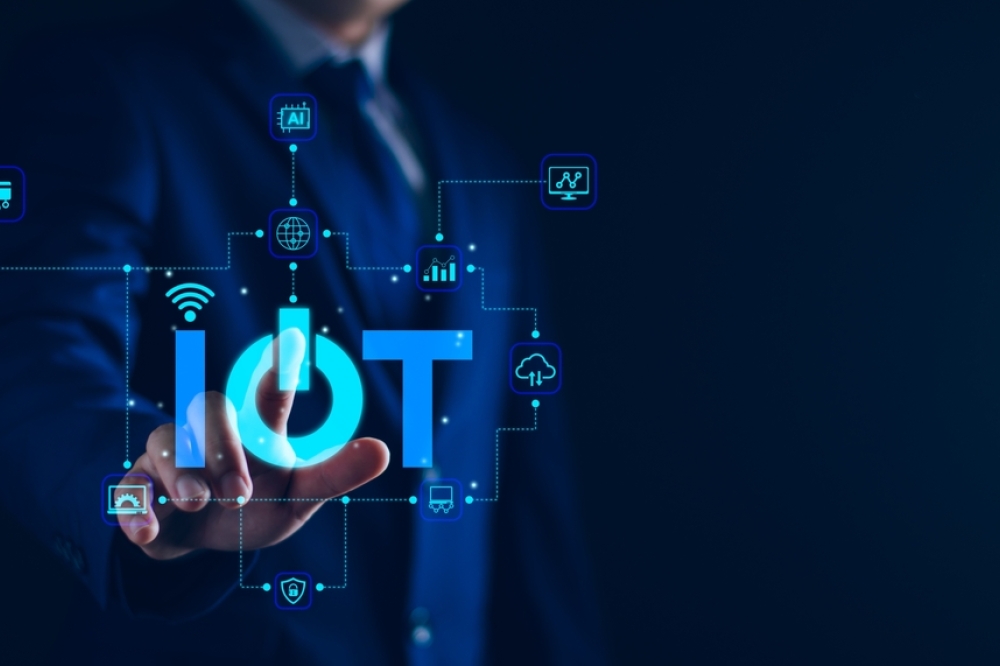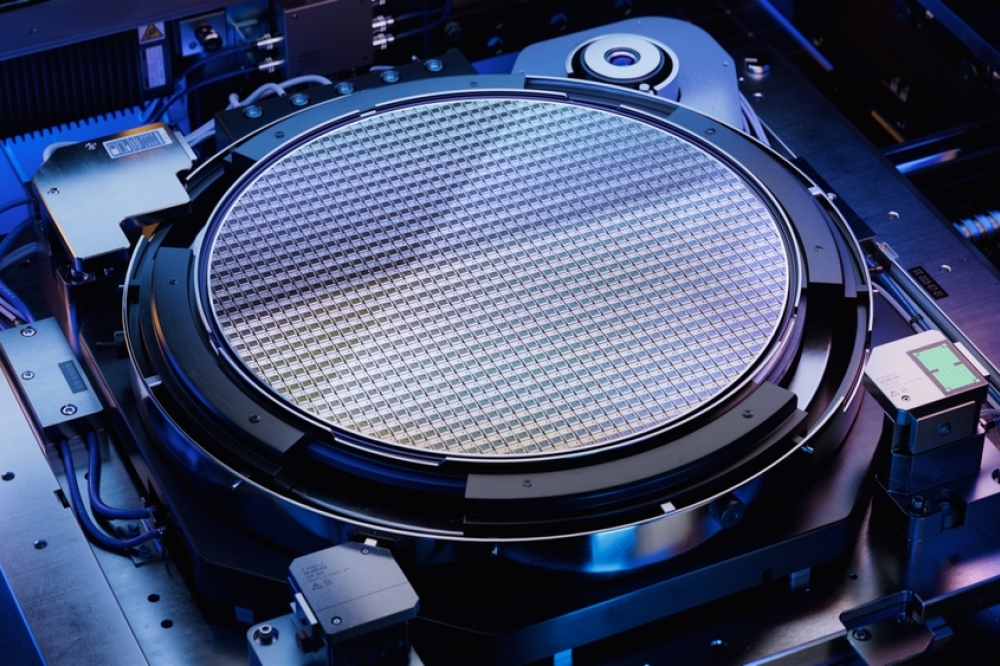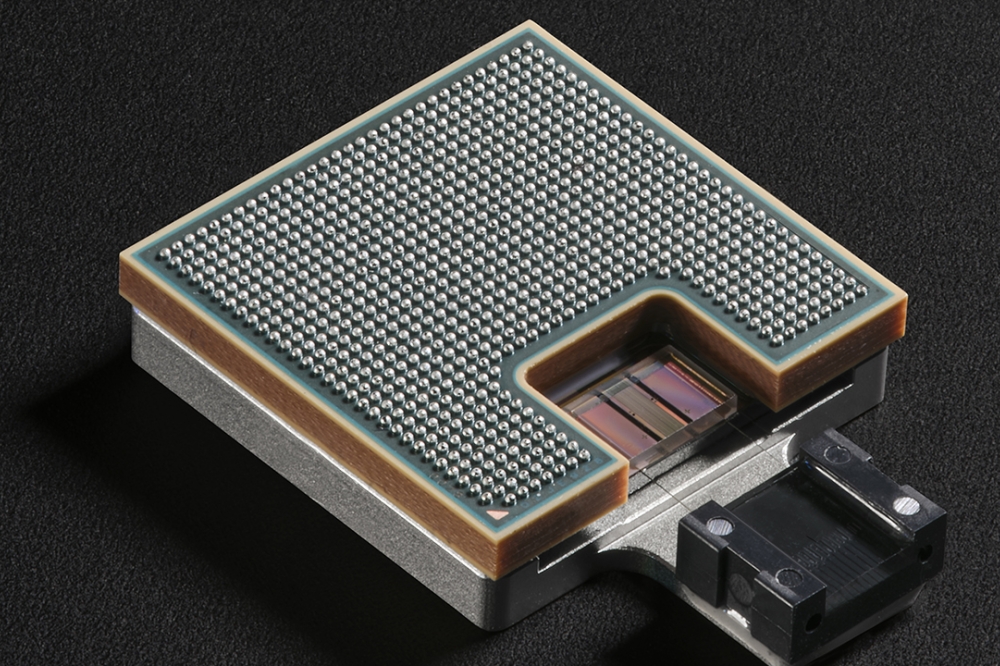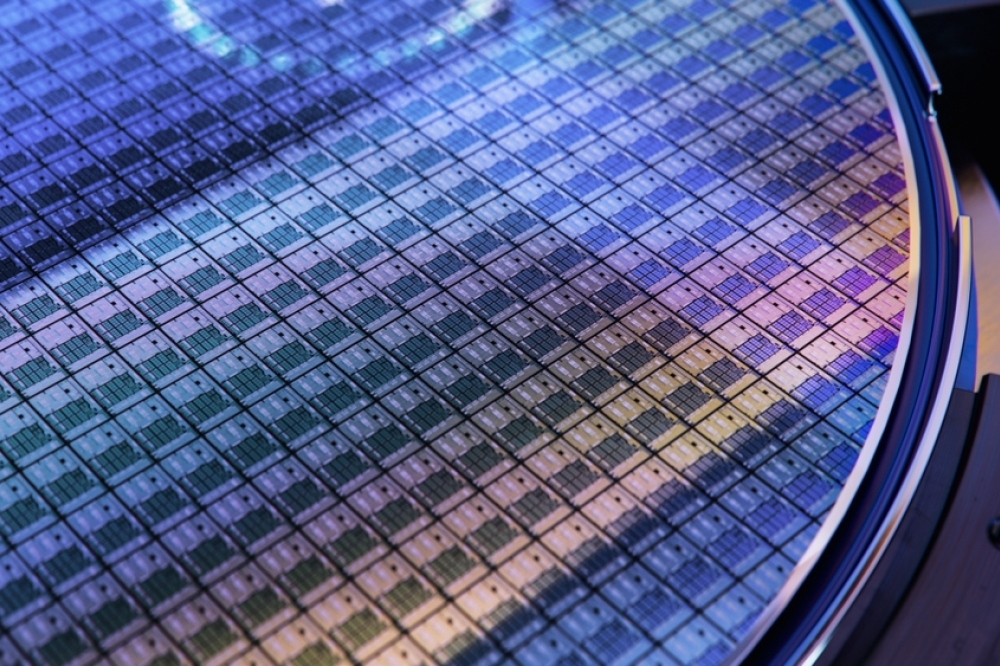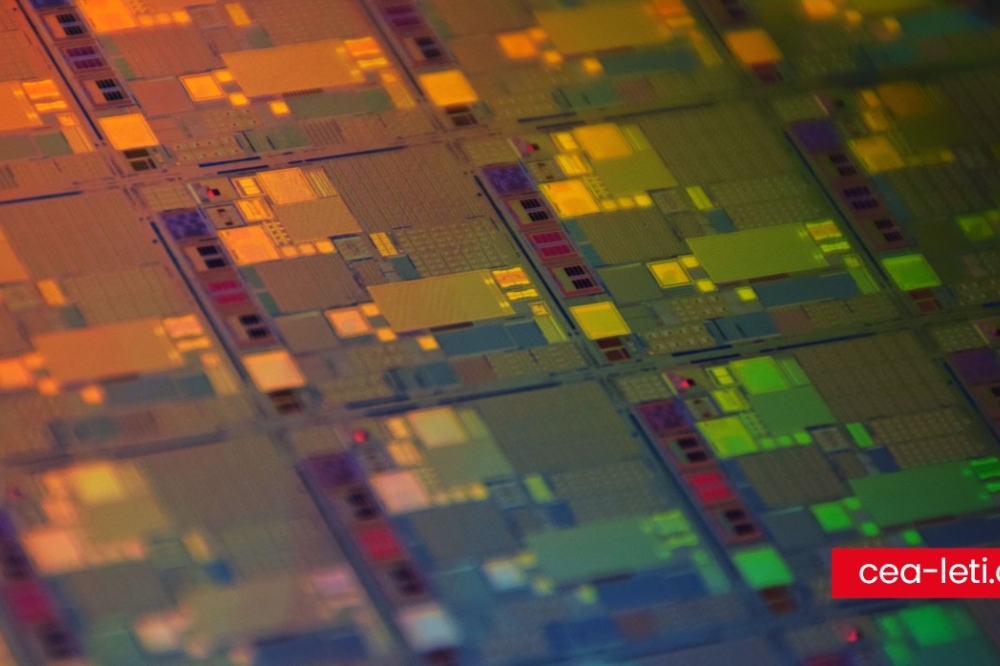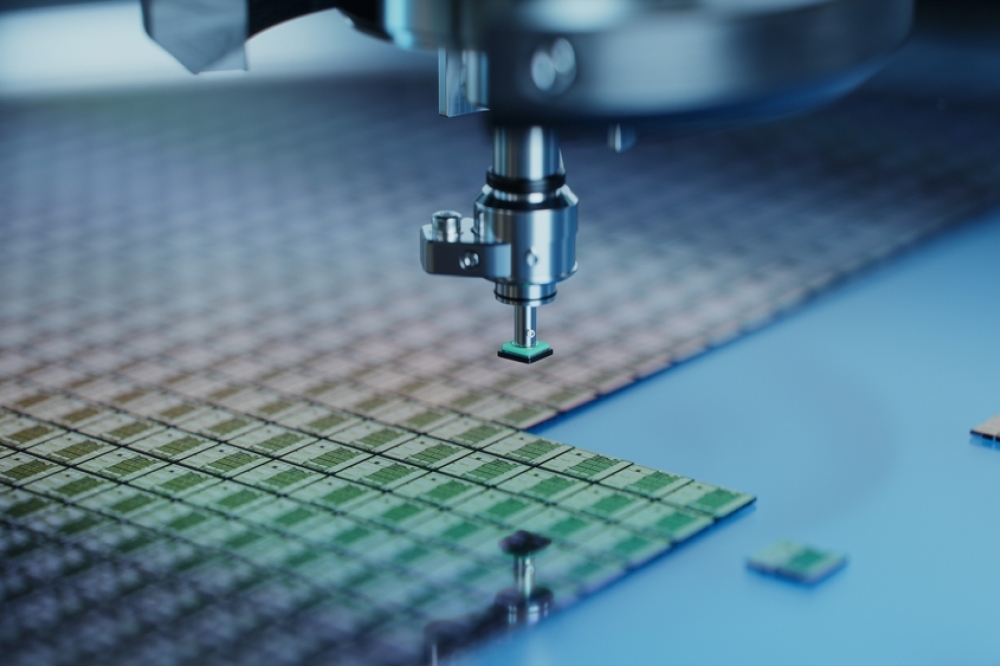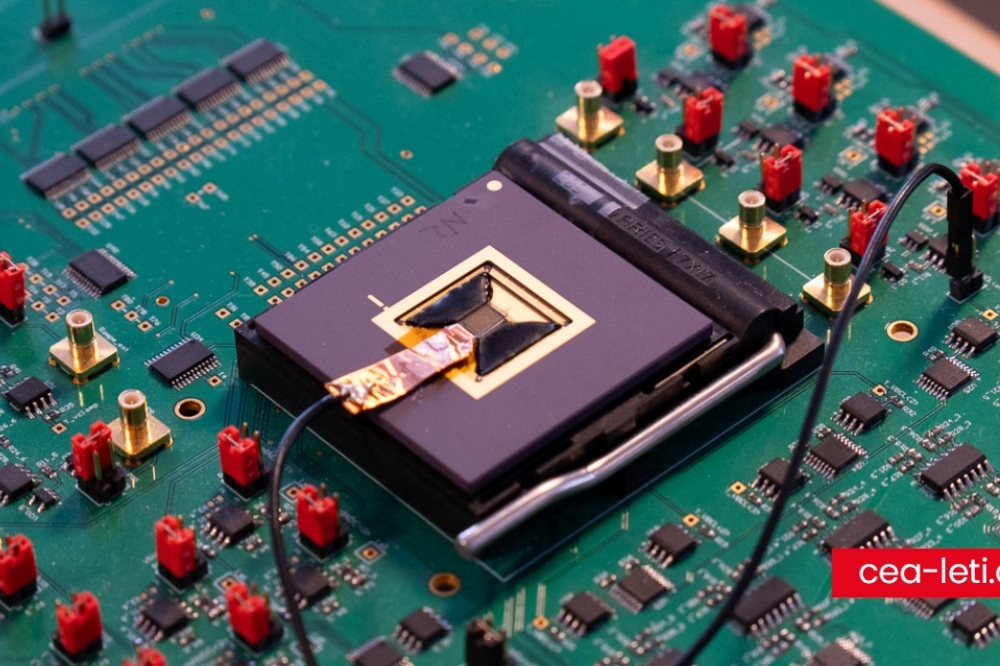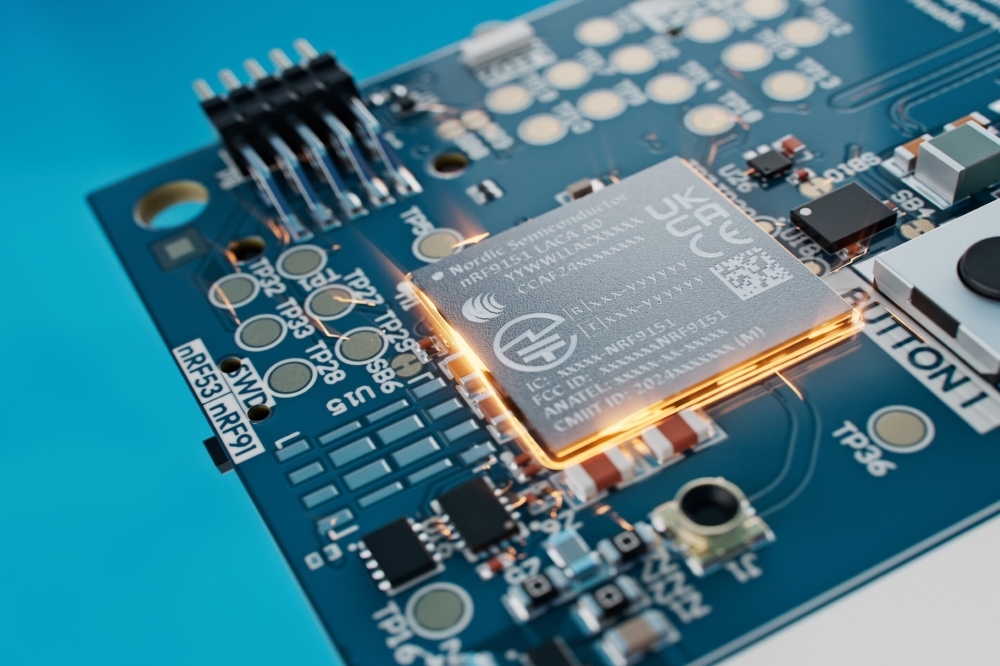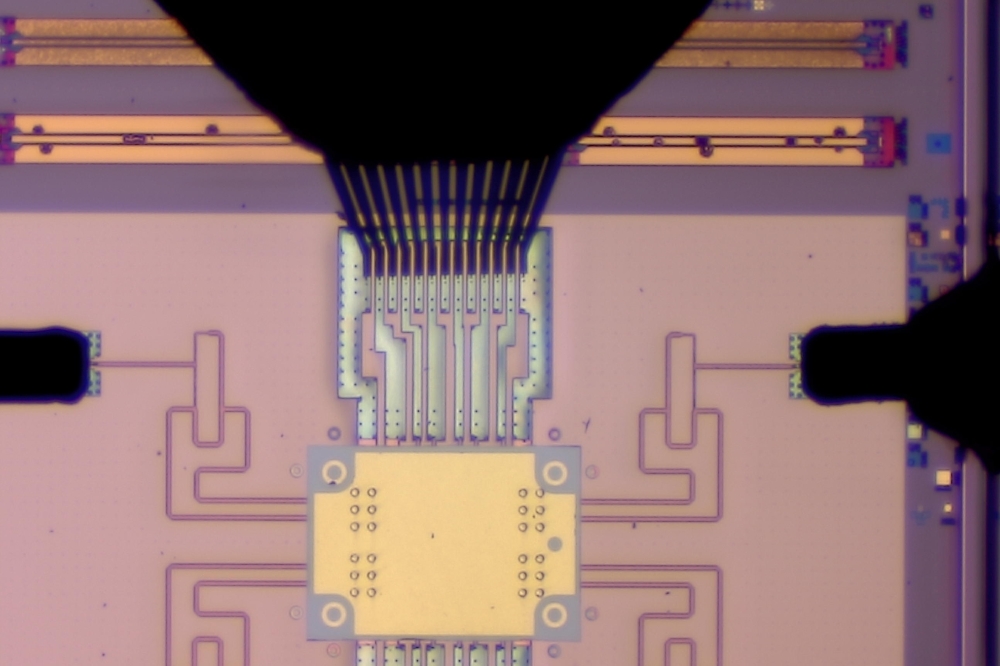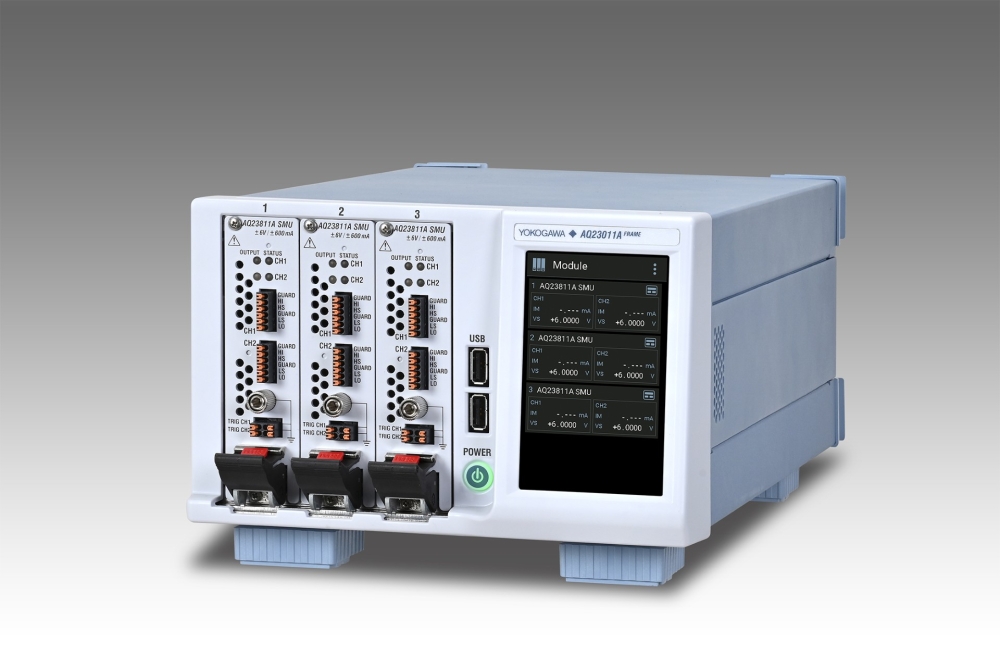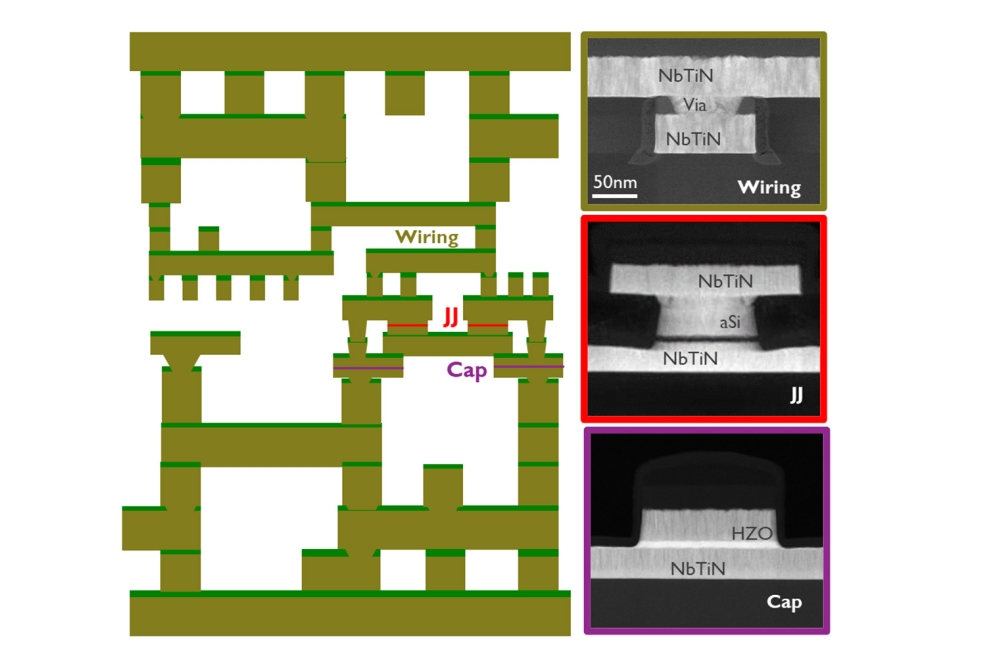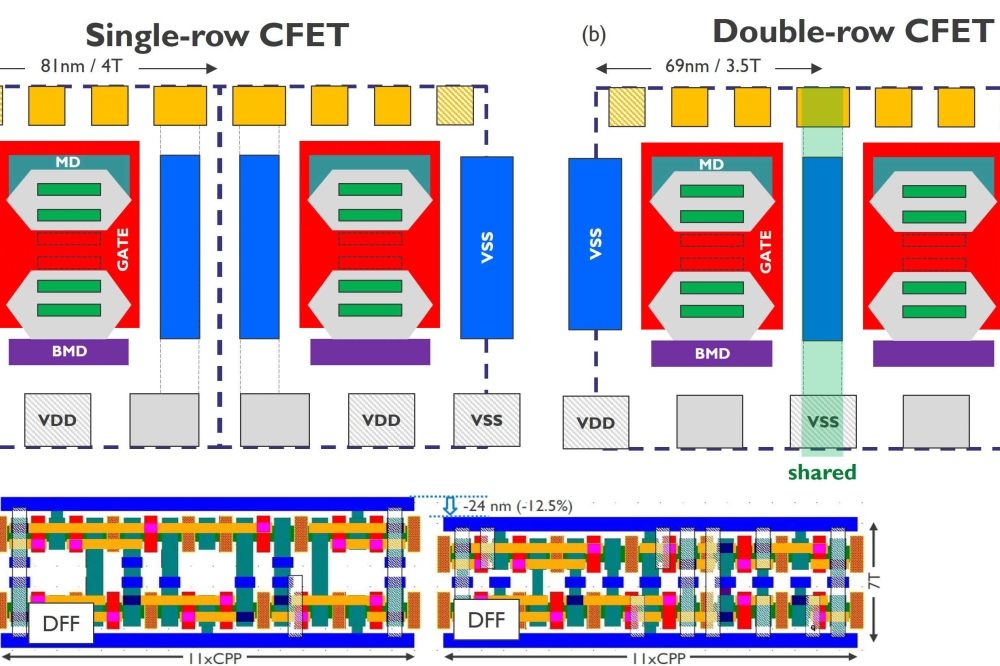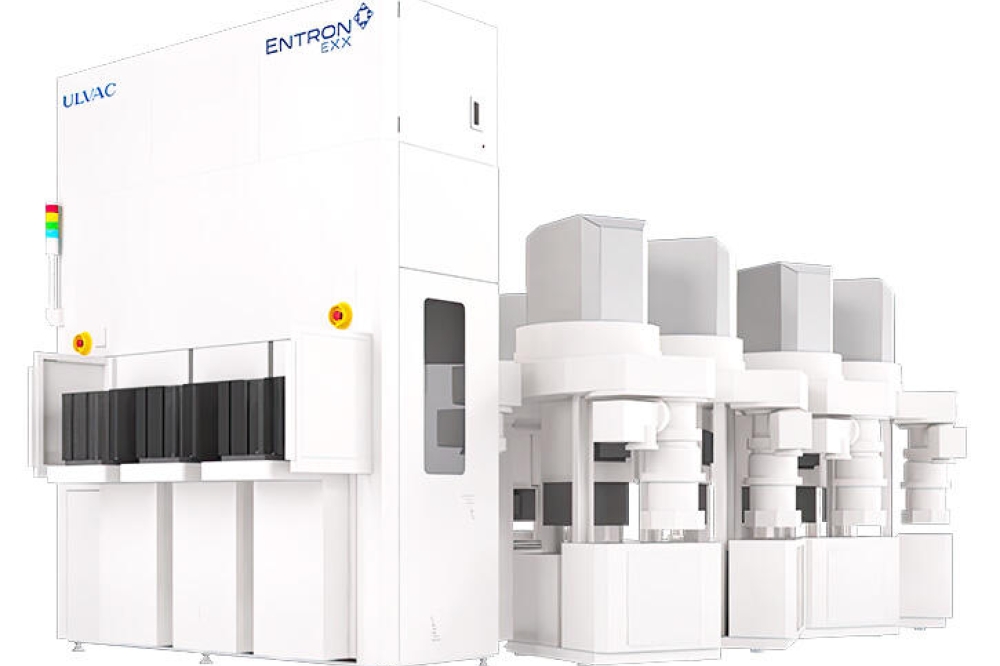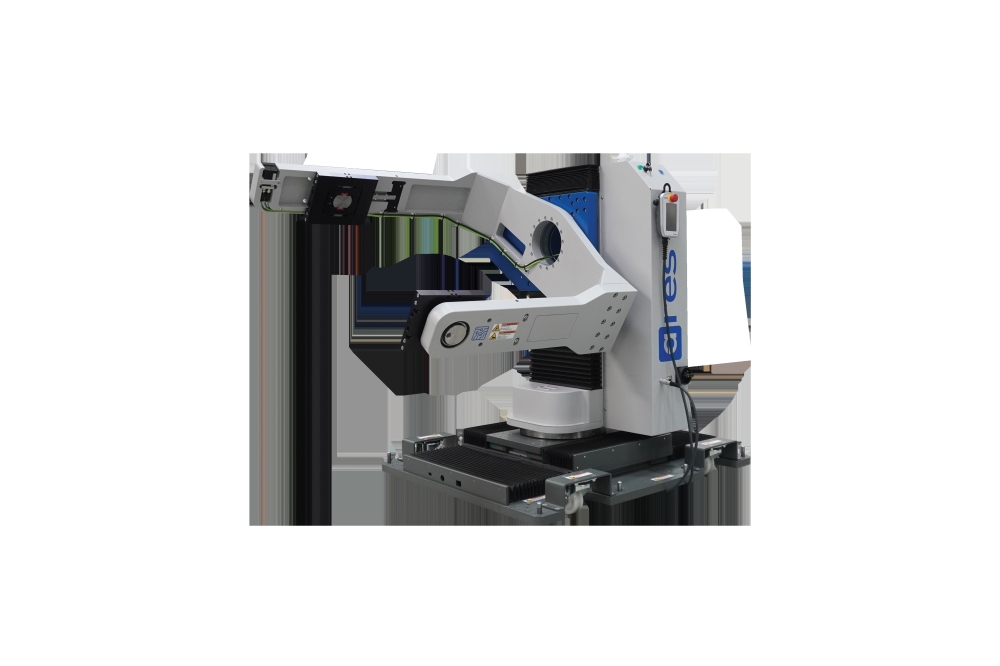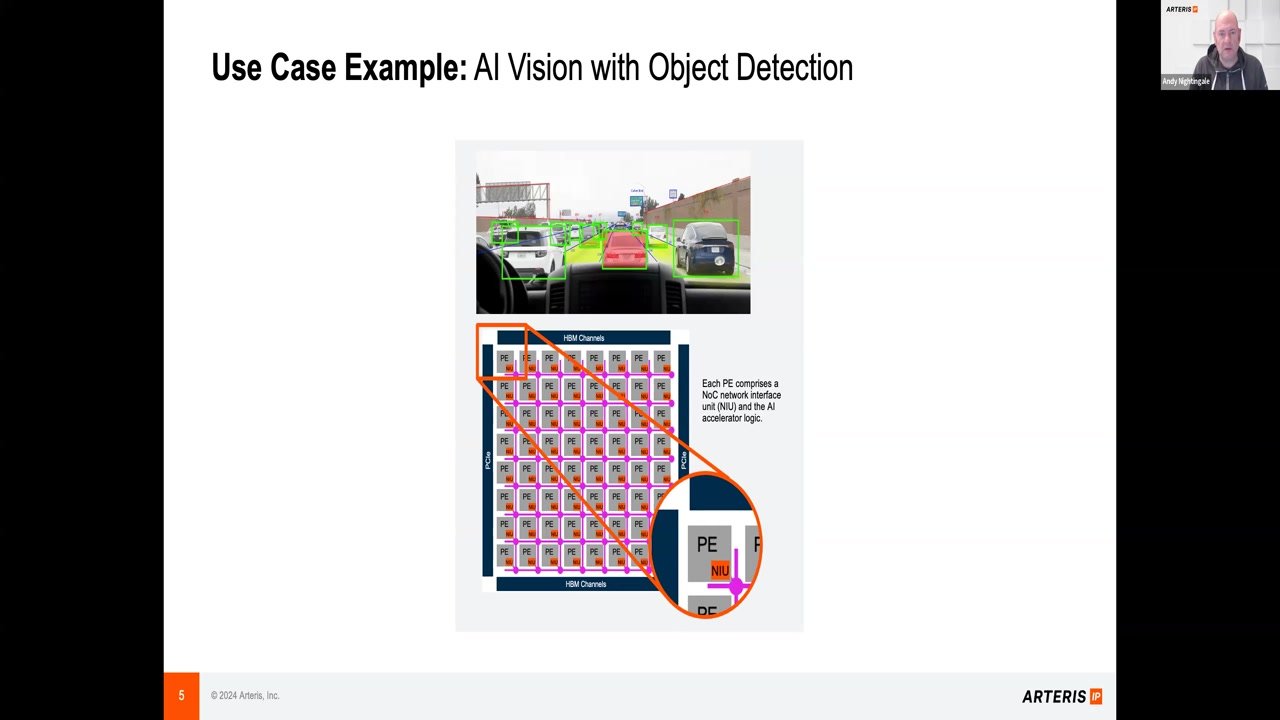Symposium to showcase breakthroughs in microelectronics

IEEE Symposium on VLSI Technology & Circuits theme: “Bridging the Digital & Physical Worlds with Efficiency & Intelligence”.
For the last 44 years, the IEEE Symposium on VLSI Technology & Circuits has delivered a unique convergence of technology and circuits for the microelectronics industry, with maximum synergy between both domains. The 2024 IEEE Symposium on VLSI Technology & Circuits is organized around the theme: “Bridging the Digital & Physical Worlds with Efficiency & Intelligence.” The five-day event will be fully in-person with live sessions at the Hilton Hawaiian Village, Honolulu, HI, from June 16 to 20, 2024, and on-demand access to technical sessions starting the following week. The Symposium will feature the latest VLSI technology developments, innovative circuit design, and the applications they enable, such as artificial intelligence, machine learning, IoT, wearable/implantable biomedical applications, big data, cloud/edge computing, virtual reality (VR) / augmented reality (AR), robotics, and autonomous vehicles.
The Symposium continues to be the microelectronics industry’s premiere international conference integrating technology, circuits, and systems with a range and scope like no other conference. In addition to the technical presentations, the Symposium program will feature a demonstration session, an evening panel discussion, joint focus sessions, short courses and workshops that provide technical content relevant to the Symposium theme.
Plenary Sessions
“Making Sense At The Edge,” by Dr. Ahmad Bahai, Senior VP & Chief Technical Officer, Texas Instruments – Semiconductor technology provides advanced embedded sensing and actuating technologies that enable data-driven intelligent systems. Advances in nanotechnology, analog and digital signal processing, embedded/edge machine learning algorithms, connectivity, and battery technology have enabled high performance sensing and actuation which was inaccessible a decade ago. Yet in many sensing and actuating modalities, nature offers a significantly more efficient edge computing sensory solution leveraging the hierarchical physical, analog and digital signal processing to optimize performance and energy consumption.
“Mobility Evolution: Electrification & Automation,” by Dr. Kazuoki Matsugatani, Senior Director, R&D Center, DENSO Corporation – The automotive industry faces two challenges: environmental impact reduction and safety enhancement. Efforts to achieve zero CO2 emissions and zero traffic fatalities are urgent issues for the coming decade. Electrification profoundly alters vehicle mechanics while automation integrates software and information technologies into the vehicle system. In both electrification and automation, the evolution of semiconductor devices is key. For electrification, power devices and analog sensing devices managing current to and from the battery to the motor are both essential for vehicle operation. In automation, sensors (including camera, radar, lidar and sonar) to monitor the vehicle are required, together with high-performance computers and wireless communication to process this sensor data.
“Wireless and the Future Hyperconnected World,” by Dr. Maryam Rofougaran, CEO & Co-Founder, Movandi Corporation – Wireless networks will be the backbone of a hyperconnected world by providing high-speed, low-latency data transmission. Through a fusion of terrestrial cellular networks, satellite communication, and local wireless area networks, this infrastructure will seamlessly support continuous connectivity for billions of devices providing essential needs such as emergency response, remote work, automation, and operational efficiency. The integration of sensing technologies enriches wireless networks with contextual awareness and environmental intelligence. With billions of sensors capturing real-time data, these networks empower AI-driven algorithms to optimize performance, anticipate user requirements, and overcome potential obstacles. Semiconductor breakthroughs are pivotal in realizing intelligent wireless connectivity. Advanced chipsets, featuring embedded AI accelerators, empower AI algorithms to process data locally and make informed decisions in near real-time. Energy-efficient semiconductor designs also extend device battery life.
“Photonics-Electronics Convergence Devices Accelerate IOWN,” by Mr. Hidehiro Tsukano, Senior VP of R&D, NTT Corporation – IOWN (Innovative Optical Wireless Network) is an initiative to create a sustainable society that cannot be achieved with current network infrastructure. By taking advantage of optical technology for across-the-board network communications and computing, NTT is aiming to provide a new information &communications technology (ICT) platform that features high-capacity, high-quality, low-latency, and low-power consumption. The primary requirements for device technology are ultra-fine semiconductor manufacturing processes, ultra-high-density assembly, and photonics-electronics convergence. Thus, NTT is promoting research and development in accordance with the roadmap to incorporate optical communications technology into the details of computing components step by step. This challenge could lead to the ultimate computing capacity that extends Moore’s Law, and we believe it can resolve the ever-increasing power consumption problem of information processing and contribute to the realization of carbon neutrality.
Focus Sessions
The Symposium program integrates technology & circuit topics with a series of four joint focus sessions to present papers with both areas, including: 1) Memory-centric computing for large language models; 2) Thermal management & power delivery in 3D integration; 3) Processors & Compute; 4) Next-generation wireless technologies. In addition, there are two Technology focus sessions on: 1) Backside silicon power delivery & signaling; 2) Oxide semiconductor applications in BEOL.
Short Courses on Key VLSI topics
Two full-day short courses will be featured:
• Technology Short Course “Advanced VLSI Technologies for Next Generation Computing” is focused on Transistor Scaling; BEOL Interconnects; Memory Technology Evolution; Backside Power Delivery; Process Technologies, Metrology & Inspection for Logic; In-memory computing and Si Photonics
• Circuits Short Course “Circuits & Systems for Heterogeneous Integration” examines subjects including Die-to-Die Connectivity; Memory Co-Integration; Wafer-scale Integration; and Heterogeneous Integration for Automotive Applications.
In addition, the joint Evening Panel Session has been announced: “Impact of Generative AI on the Semiconductor Industry – Technology, Circuits, & EDA”
How can we make sure the thousands of newly explored materials in academic, government, and industry labs are relevant to manufacturing technologies? What are the fundamental factors to convert a success story to a technology transfer? Is there anything to be learned from history? Dr. Masato Motomura from Tokyo Institute of Technology will moderate a panel of distinguished guests from across industry and academia to offer their insights and thoughts to share their experience on this important topic. In addition, there will be an audience-engaging “game show” segment.
Demonstration Session
Introduced in 2017, the popular in-person demonstration session will again be part of the Symposium program, providing participants an opportunity for in-depth interaction with authors of selected papers from both Technology and Circuits sessions. Approximately 15–20 table-top presentations will demonstrate device characterization, chip operational results, and potential applications for circuit-level innovations. The best demo will be selected by Symposium attendees.
Workshops
A series of workshop sessions will be held during the Symposium program to provide additional learning opportunities on topics adjacent to the Symposium program. This year, there are five workshops:
Standing Workshop
• This four-hour workshop covers open-source design, including EDA and chiplets.
Parallel Workshops
These two-hour workshop sessions are held in parallel:
• RF and Analog 3D integration
• Novel metals for advanced interconnect
• Recent art in balancing analog vs. digital in mixed-signal circuits
• Interfacing chips with biology
Special events at the Symposium include mentoring events for Women in Engineering and Young Professionals, sponsored by the IEEE Electron Devices Society and the Solid-State Circuits Society.
Best Student Paper Awards for each track Symposium are chosen based on the quality of the papers and presentations. The recipients will receive a monetary award, travel cost support, and a certificate. For a paper to be reviewed for this award, the lead author and presenter of the paper must be enrolled as a full-time student at the time of submission and must indicate on the web submission form that the paper is a student paper.
Further information about the Symposium is available at: http://www.vlsisymposium.org.
Sponsoring Organizations
The IEEE Symposium on VLSI Technology & Circuits is sponsored by the IEEE Electron Devices Society, in cooperation with the IEEE Solid-State Circuits Society and Japan Society of Applied Physics, in cooperation with the Institute of Electronics, Information and Communication Engineers.

